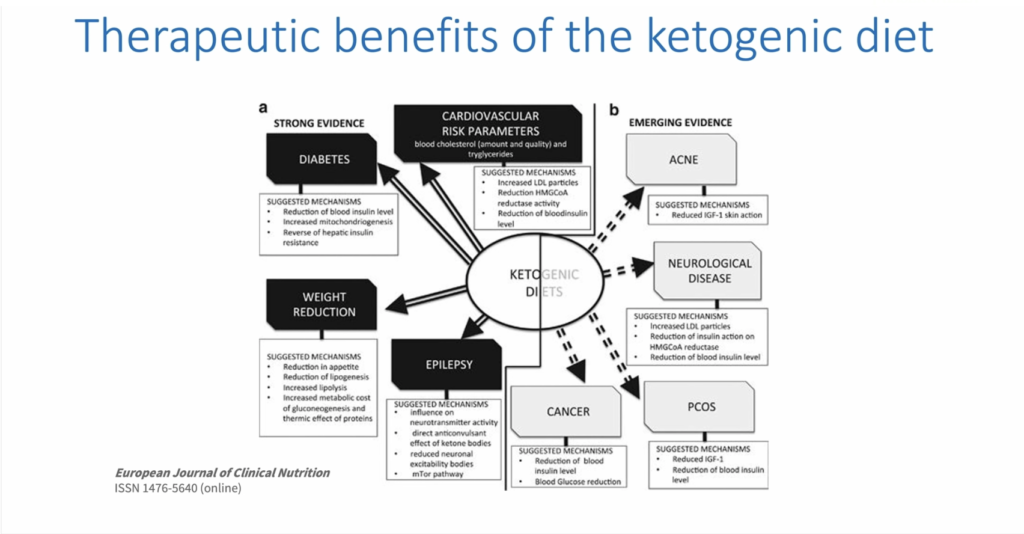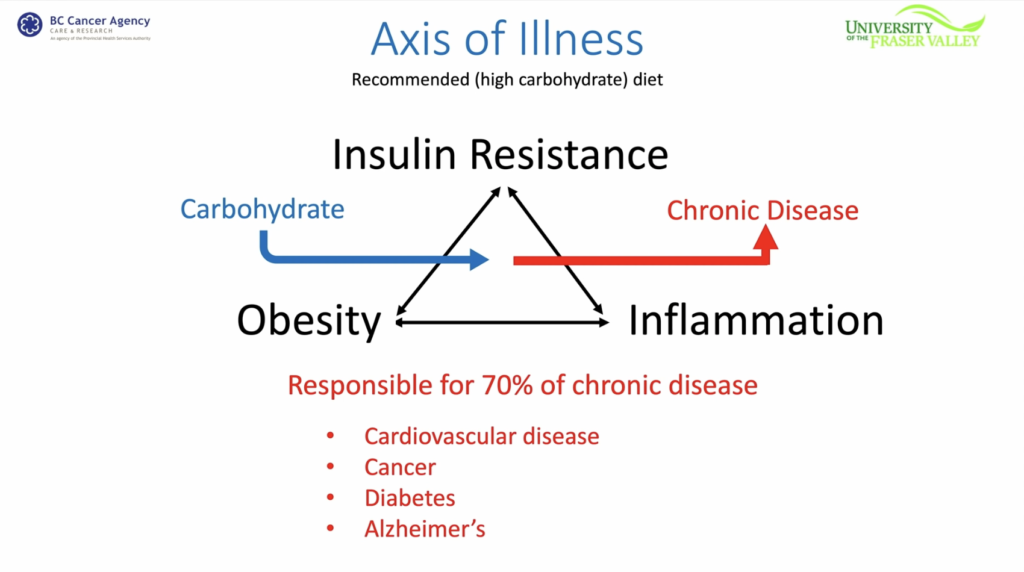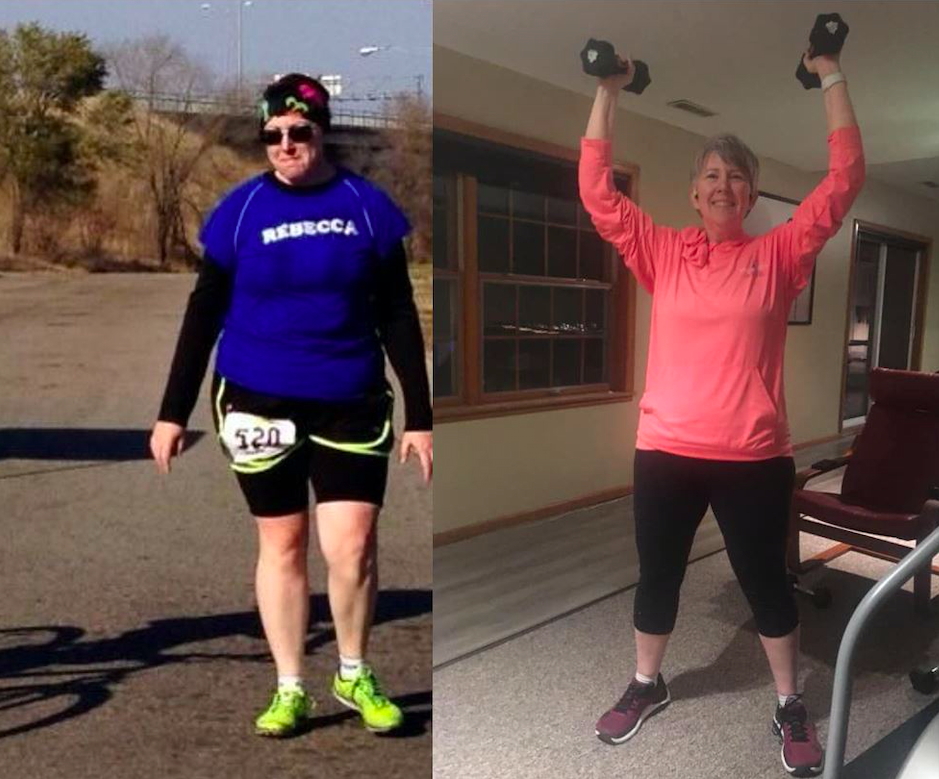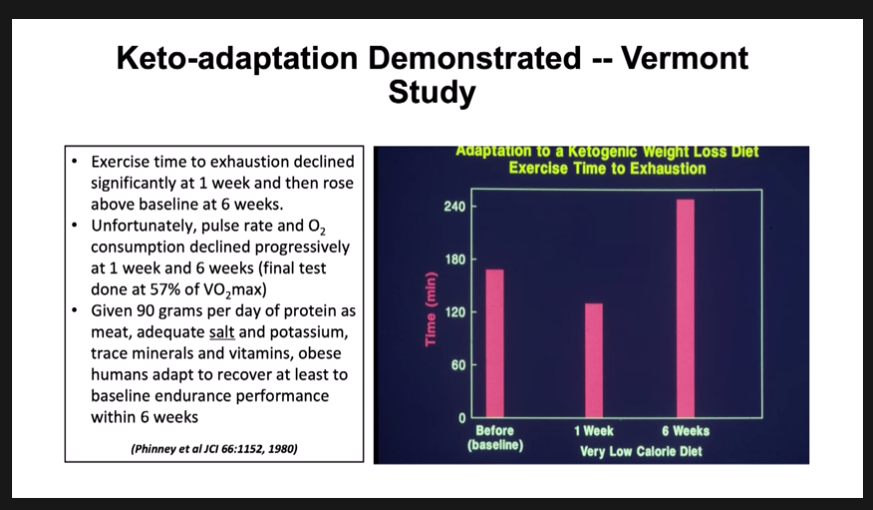Dr. Jay Wortman is a descendant of one of the aboriginal populations of northern Canada.
Both of his maternal grandparents developed Type 2 diabetes and died from the complications.
All nine of their children developed Type 2 diabetes, cardiovascular disease, or both. At the time of his presentation in the video below, his mother was the only remaining survivor of that generation.
Dr. Wortman and two of his three siblings also have developed Type 2 diabetes.
He diagnosed himself in 2007. He recognized that this would dramatically reduce his life expectancy, so he immediately began investigating what would be the best drug treatment. But to buy time as he was starting that search, he says…
“I knew enough about diabetes to know that when blood sugar is high, that’s not good, and carbohydrates make your blood sugar go up. So I thought, ‘I’ll buy some time by right now, from this moment on, not eating any carbohydrates.’ Now I knew nothing about diet; I had the typical medical education – we get no training on nutrition…and I had no knowledge of the low-carb diet….
“So what happened over the next few days is I had basically a miraculous recovery. All the signs and symptoms went away quickly. My blood sugar normalized, and I started losing about a pound a day of weight, which went on for about a month….So something very dramatic happened, and something I had never encountered in my medical training or in my years of medical practice.”
Dr. Jay Wortman
In the rest of the video, Dr. Wortman describes how that discovery changed both his life and his career trajectory as he works with public health.
He has studied the diets of indigenous populations not only in Canada but also in other parts of the world, and has come to believe that changing from a low-carbohydrate, high-fat diet to an industrialized diet high in carbohydrates (and particularly processed carbs) has massively increased the prevalence of obesity, metabolic syndrome and diabetes.
While I think you would find the whole video enlightening and interesting, I have cued it above to start at the 27:30 mark, where Dr. Wortman makes a compelling case that the various chronic disease epidemics “aren’t a bunch of distinct and different diseases. We’re talking about a problem that is linked together in one huge epidemic of chronic disease…. What we have is a continuum of disease, the underpinning of which appears to be insulin resistance.”
As he says, the point at which diabetes is formally diagnosed is fairly arbitrary. Insulin resistance, which can progress for a decade or more “under the radar,” puts patients on a path to develop a constellation of diseases and conditions.
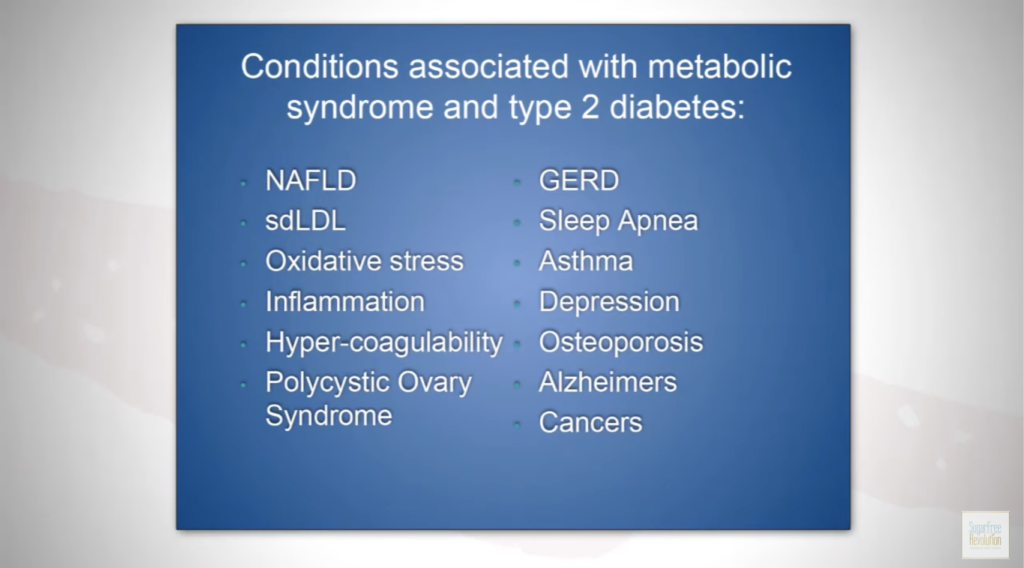
And of course metabolic syndrome is strongly related to cardiovascular disease, including coronary artery disease, stroke and heart attacks.
Altogether, metabolic syndrome is a cause – if not the cause – of diseases that consume more than 70% of health care spending in the U.S. each year.
As it did for Dr. Wortman, a low-carbohydrate, high-fat diet can help many people significantly improve health and prevent or even reverse many of these diseases and conditions.
Helping people turn back the clock on their health is the focus of what Lisa and I are planning as I start my third career following my retirement from Mayo Clinic. We’ve been doing this informally over the last 11 months, and soon we will be launching a venture that we hope will help many more.
We’re working with a long-time physician friend who has been interested in metabolic syndrome for decades.
Our venture is not a weight-loss program: as Dr. Wortman said, the reason for his personal change was to “buy time” and prevent diabetic damage.
But weight loss is typically a welcome side effect. Dr. Wortman reported losing about a pound a day for a month. Lisa and I have each lost 50 pounds. Your mileage will vary.
We’re developing educational resources, a community support platform and coaching services and expect to launch the new website next month.
If you would like to learn more and get a no-cost preview, send me an email and I’ll be in touch.
